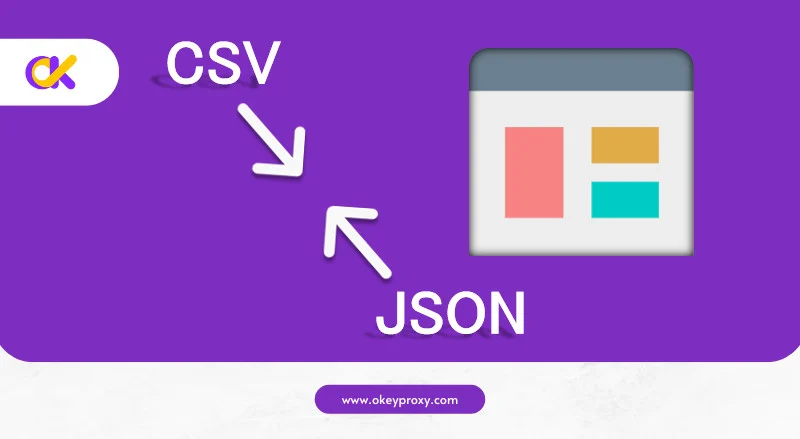
In the realm of data interchange formats, CSV (Comma-Separated Values) and JSON (JavaScript Object Notation) are two of the most widely used. Each format has its own set of features and is suited for different applications. Understanding the strengths and weaknesses of CSV and JSON can help you choose the right format for your needs.
What is CSV?
CSV is a simple file format used to store tabular data. Each line in a CSV file corresponds to a row in the table, and fields are separated by commas. This format is widely used for its simplicity and ease of use, making it a popular choice for data storage and transfer.
What is JSON?
JSON is a lightweight data interchange format that is easy for humans to read and write, and easy for machines to parse and generate. JSON is text-based and language-independent, making it a versatile choice for data exchange. Its hierarchical structure allows it to represent complex data structures, such as nested objects and arrays.
Advantages of CSV
-
Simplicity: CSV files are easy to create and understand, even for those with minimal technical skills.
-
Compatibility: Most spreadsheet programs can open and save CSV files, making it a versatile choice for data storage and transfer.
-
Performance: CSV files are generally smaller in size compared to JSON, making them faster to read and write.
Advantages of JSON
-
Flexibility: JSON can represent complex data structures, including nested objects and arrays.
-
Readability: JSON is easy for humans to read and write, making it a popular choice for web development.
-
Interoperability: JSON is language-independent and is supported by most programming languages, making it a versatile choice for data exchange.
Disadvantages of CSV
-
Limited Structure: CSV is not suitable for representing complex data structures, making it less versatile compared to JSON.
-
Lack of Metadata: CSV files do not contain metadata, making it harder to understand the context of the data.
-
Inconsistency: Different applications may handle CSV files differently, leading to inconsistencies.
Disadvantages of JSON
-
Complexity: JSON can be more complex to create and read for those unfamiliar with its syntax.
-
Size: JSON files are generally larger than CSV files, which can impact performance.
-
Parsing: Parsing JSON can be more resource-intensive compared to CSV, making it less efficient for large datasets.
Use Cases for CSV
CSV is ideal for simple data storage and transfer. It is commonly used for importing and exporting data between different systems, such as between a database and a spreadsheet program. Because it is so simple, CSV files are easy to create and edit with basic text editors.
Use Cases for JSON
JSON is often used for more complex data structures and is particularly popular in web development. APIs frequently use JSON to transmit data between a server and a client. JSON's hierarchical structure makes it well-suited for representing nested data, such as objects within objects.
Best Practices for Secure and Efficient Data Handling
Choosing a Dependable Proxy Provider
Opt for a proxy provider that guarantees high-speed servers and strong security features.
Automating Proxy Rotation
Incorporate automated proxy rotation in your scripts to avoid detection and blocking during web scraping or API calls.
Testing and Validation
Always validate your data handling and proxy implementation in a controlled environment before deploying it in production.
OkeyProxy – Smooth IP Rotation
Supporting HTTP(s) and SOCKS5, OkeyProxy is a premier proxy provider with over 150 million legitimate residential IPs. Users can configure automatic IP rotation in specific regions and integrate proxies into APIs or other applications, such as web scraping.
Conclusion
Both CSV and JSON have their own strengths and weaknesses. CSV is best for simple, flat data structures and is easy to use with spreadsheet programs. JSON, on the other hand, is better suited for complex data structures and is widely used in web development. Understanding the differences between these two formats can help you choose the right one for your needs.
More information: